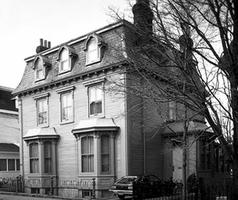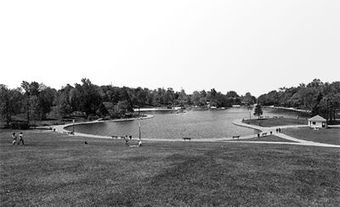
John Thomas Southcott
John Thomas Southcott, architect (b at St. John's, Nfld 29 Aug 1853; d at Vancouver 5 Mar 1939). Southcott was born into building. His father, James, and his uncle, John, had come out to St John's from Exeter, England, in 1847 to assist in the rebuilding of the city after the 1846 fire. They were, for most of the next 50 years, Newfoundland's major contractors involved in both construction and design. James Southcott styled himself "architect" and is known to have designed at least one house on the basis of which a numbers of others are attributed to him.After an apprenticeship with J. and J.T. Southcott, John Thomas was sent to Exeter to study architecture with W.R. Best, who had been in Newfoundland c 1849-55. His return to St John's in 1876 saw the general introduction of the Second Empire style to Newfoundland. Developing a property near Government House, the Southcotts placed on it a number of large houses with concave-curved mansard roofs, the roof that was to define the style in Newfoundland. In the rebuilding that followed the 1892 fire, the wealthier classes used the Second Empire style for their downtown residences, and it has come to characterize the architecture of St John's.
But, as new architects appeared with this rebuilding, Southcott lost his pre-eminence, became involved in municipal politics and held for a short time (1898) the post of Superintendent of Public Works - the last probably a sure sign of entrepreneurial and creative decline. This was confirmed when financial difficulties drove him to Vancouver in 1909, where he did little work before his death in 1939.

 Share on Facebook
Share on Facebook Share on X
Share on X Share by Email
Share by Email Share on Google Classroom
Share on Google Classroom


